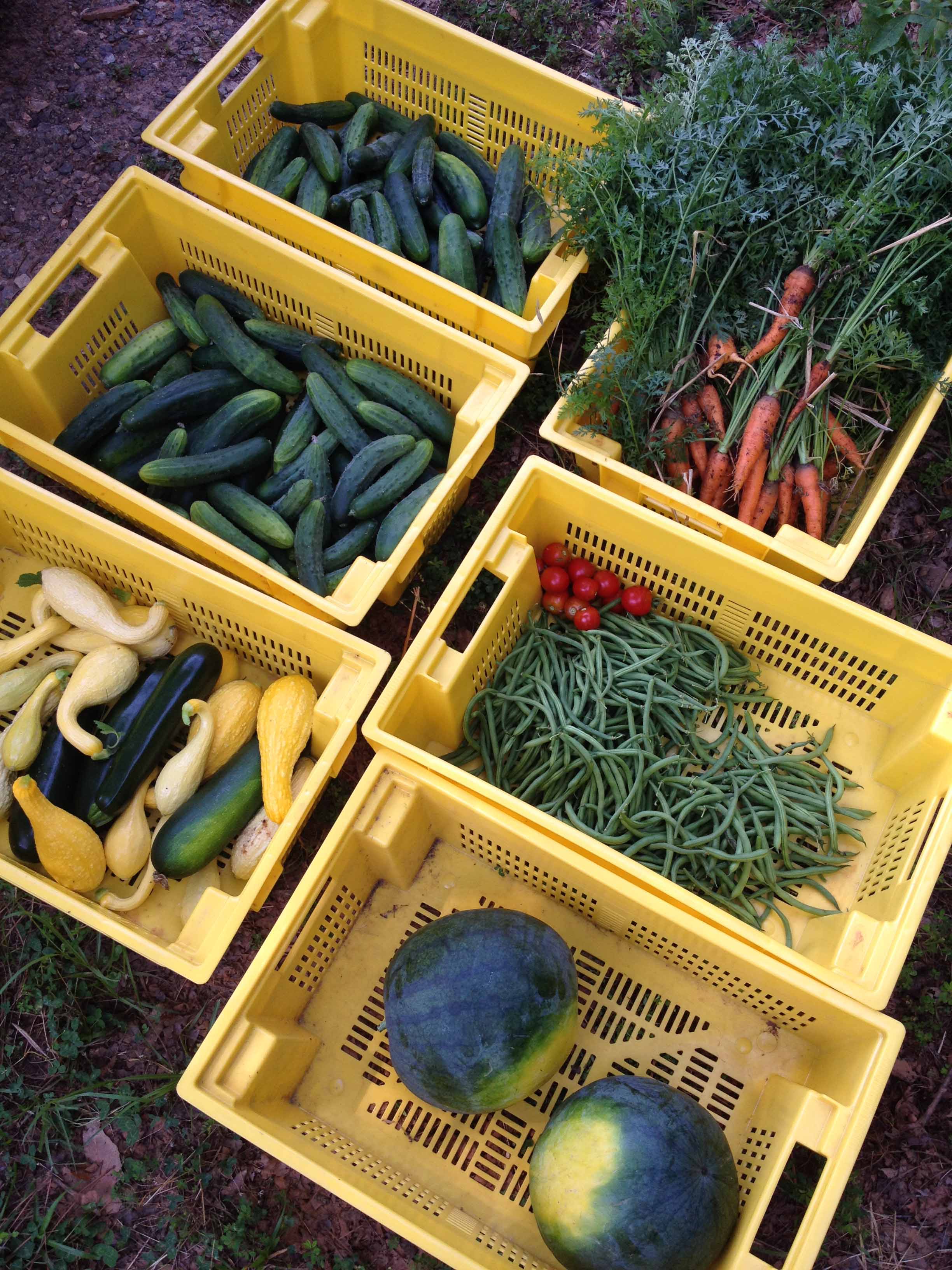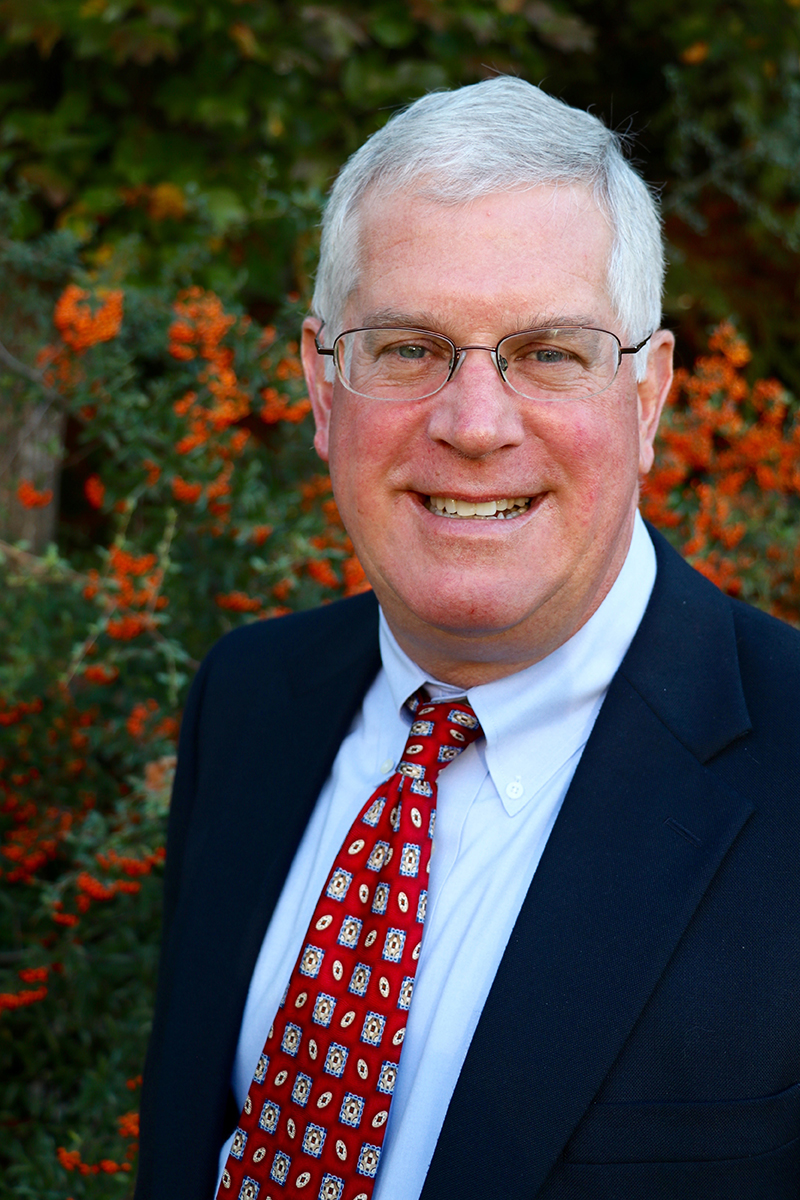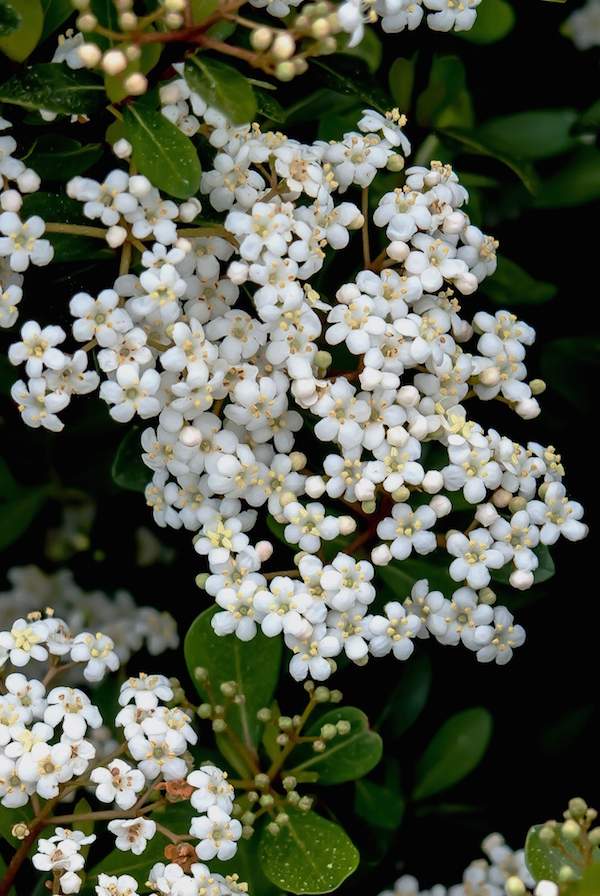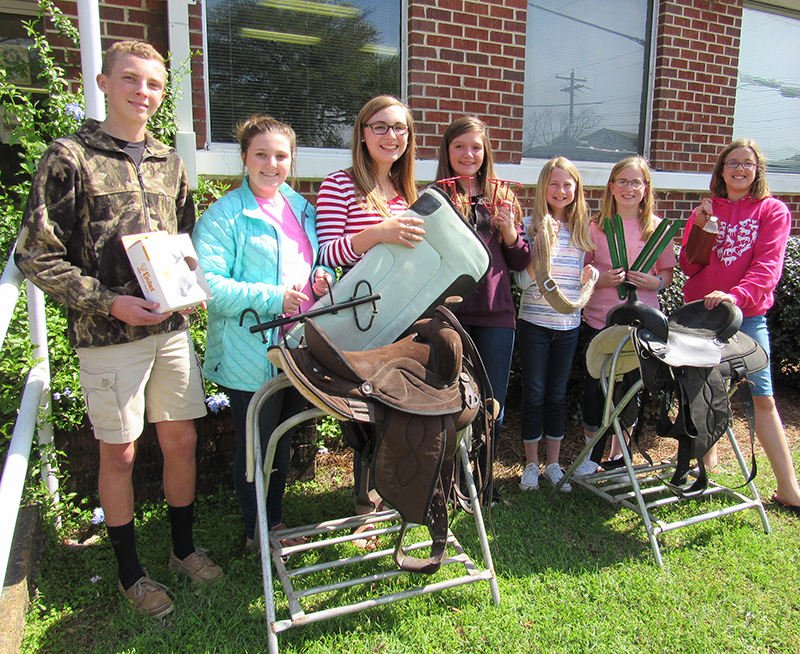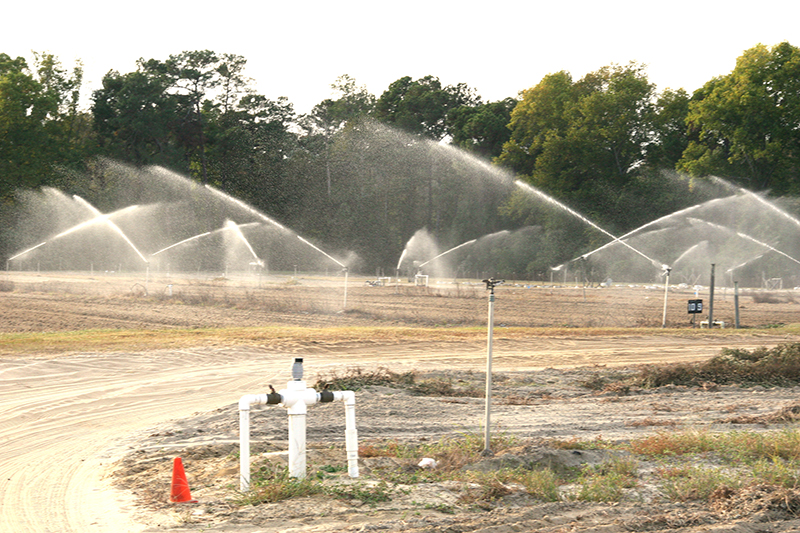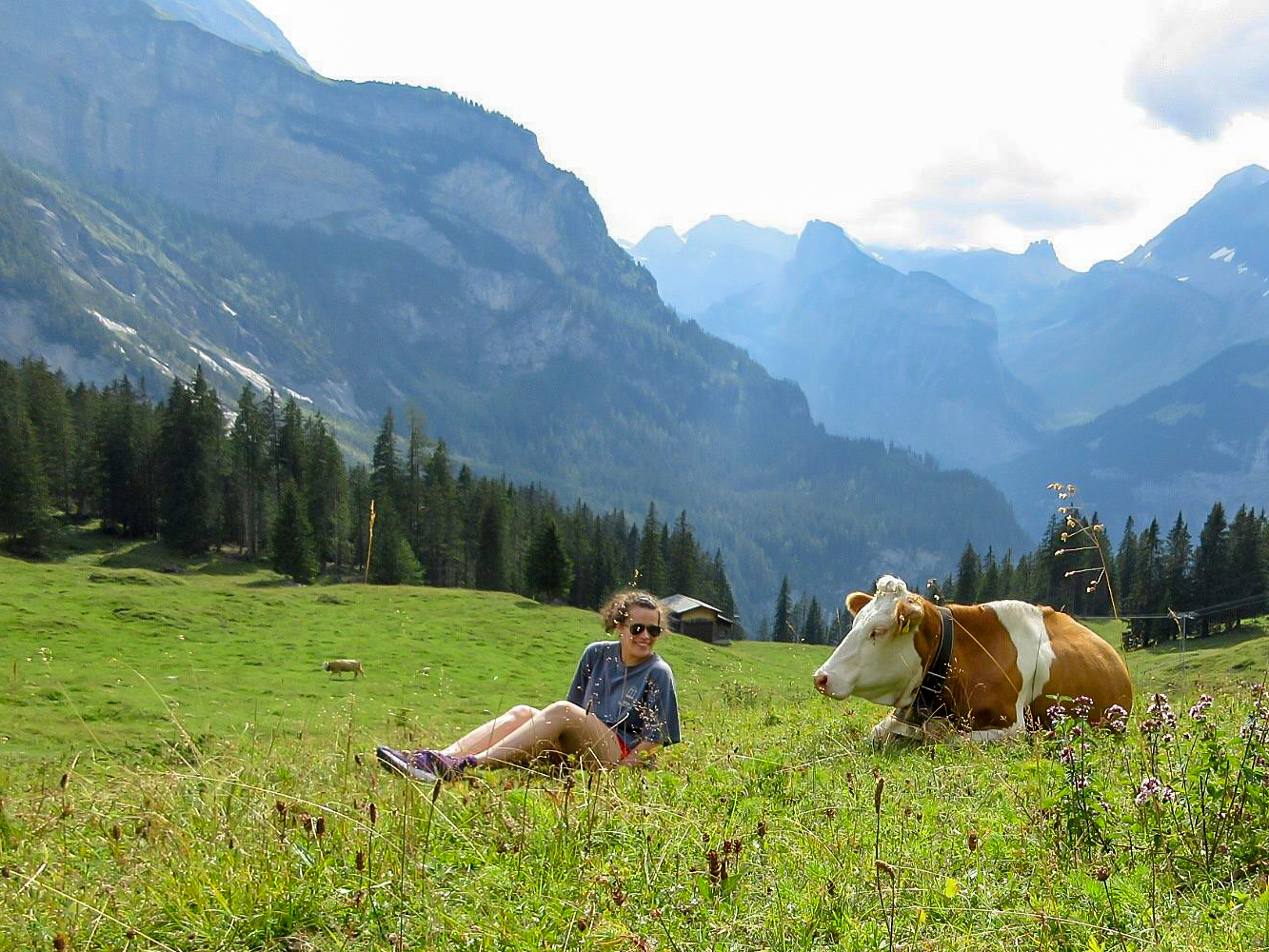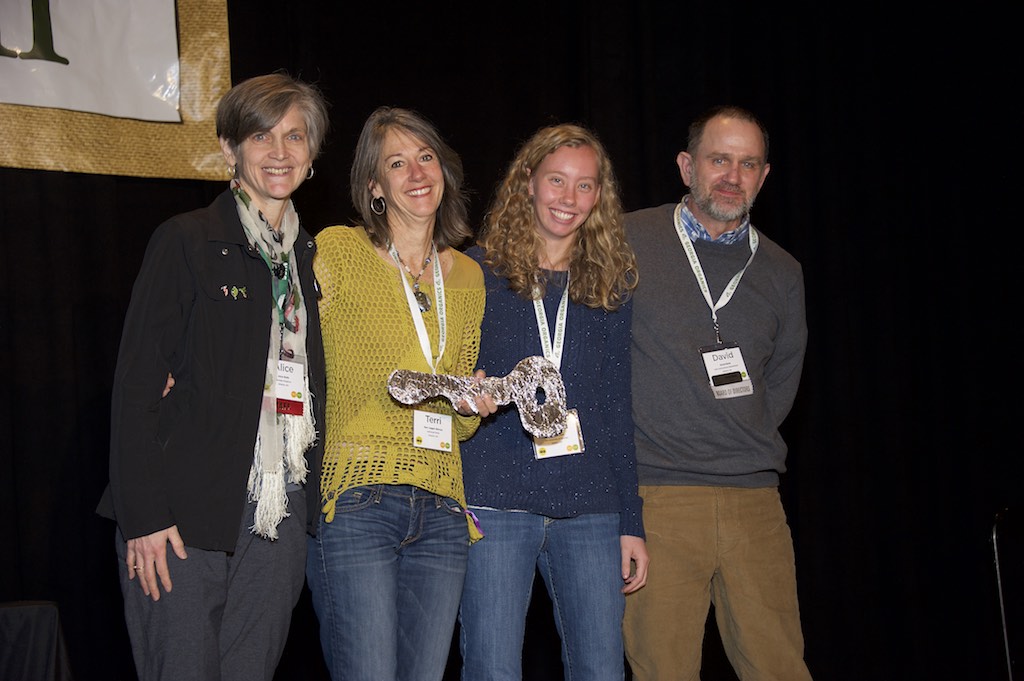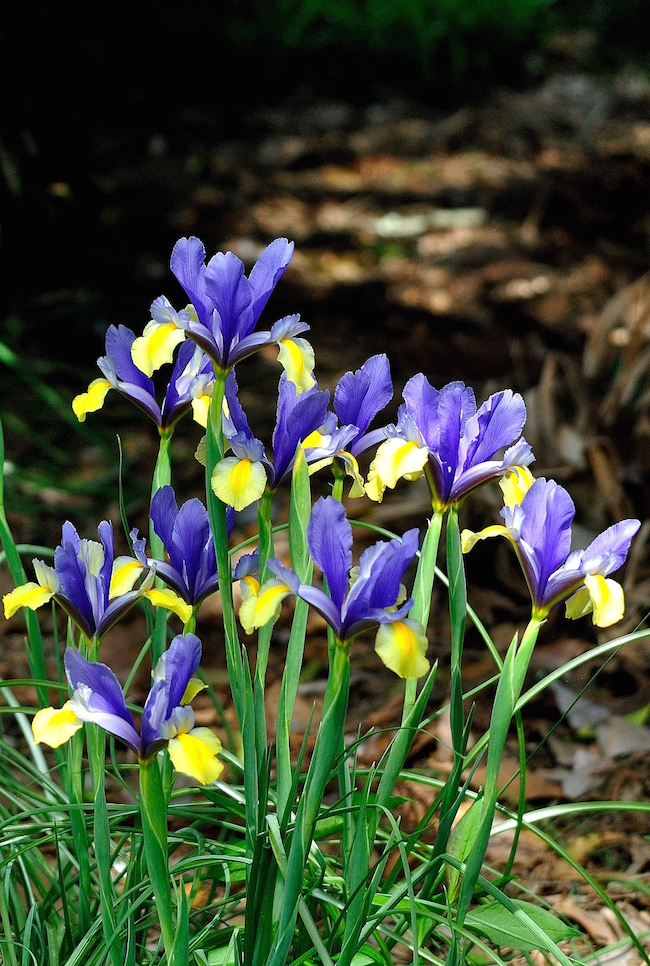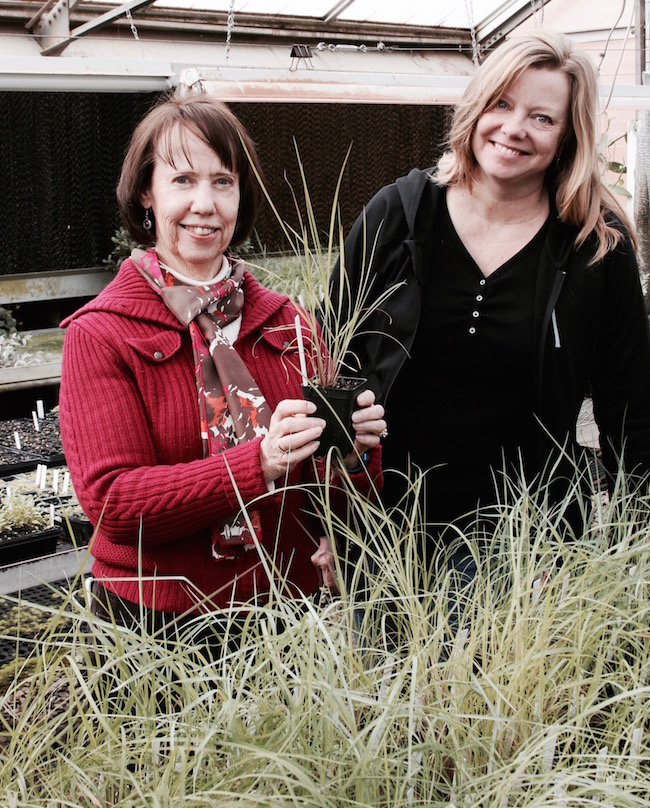Cornea Breakthrough
Researchers working as part of the University of Georgia’s Regenerative Bioscience Center have developed a new way to identify and sort stem cells that may one day allow clinicians to restore vision to people with damaged corneas using the patient’s own eye tissue. The UGA researchers published their findings in Biophysical Journal.

